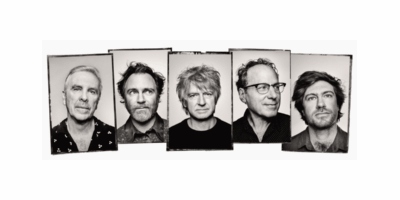It’s no secret that Tidal, Jay-Z’s recently launched music streaming service, has something of an uphill battle ahead of it. Amid harsh criticism from fans, musicians, and the media alike, Tidal has jumped right into the deep end of a shark-filled pool.
While competitors like Spotify continue to show growth and Apple are poised to revolutionise music once again with the relaunch of Beats, Tidal is experiencing some serious growing pains, despite a positive outlook from its superstar owner.
Or maybe that should be owners. After all, what separates Tidal from its competitors is that the artists involved with the service have equity in the company. The service boasts generous payouts for artists, compared to those offered by Spotify and others.
Some say that could even be the problem. Not the larger payouts per se, but the fact that Tidal decided to tout its commitment to paying artists fairly by holding an ostentatious launch party in New York City and sharing videos of Daft Punk enjoying champagne with Beyonce.
With a dire image problem working against it and a desperate need for more subscribers in order to ensure it can deliver on its promises, just how much is Tidal paying out? Digital Music News may just have the answer.
The industry outlet recently shared what they claim is a royalty statement from an anonymous independent label, detailing the payouts that they received per stream from Tidal for the month of March this year.
While there isn’t much more than the table itself to go on (check it out below), from what we can gather, the gross rate is 1.0358 US cents for a low-fi stream and 2.0334 US cents for hi-fi, making for an average gross of about US$3.14 from 181.5 streams. The label’s share is about US$2.20.
[include_post id=”444743″]
For all intents and purposes, Tidal pays a pretty decent royalty rate. To compare, while Spotify doesn’t work on a “per song stream” payout model, the company estimates that the average song generates between $0.006 and $0.0084 per stream in royalties (via TIME).
One has to remember that Tidal does not have a free tier like Spotify, whose numbers represent activity “across our tiers of service” (premium payouts are “considerably higher”), so it’s in a better position to give good payouts.
So what does this say about the future of Tidal? Well, not much for now. A payout statement for a single month from one indie label is not an indicator of whether Tidal will be a success, but it’s certainly made us feel a little better about their transparency policy.

Image via Digital Music News


































